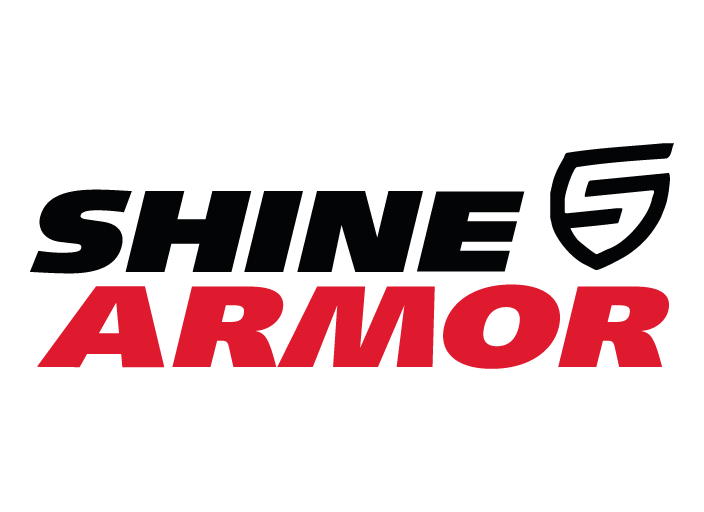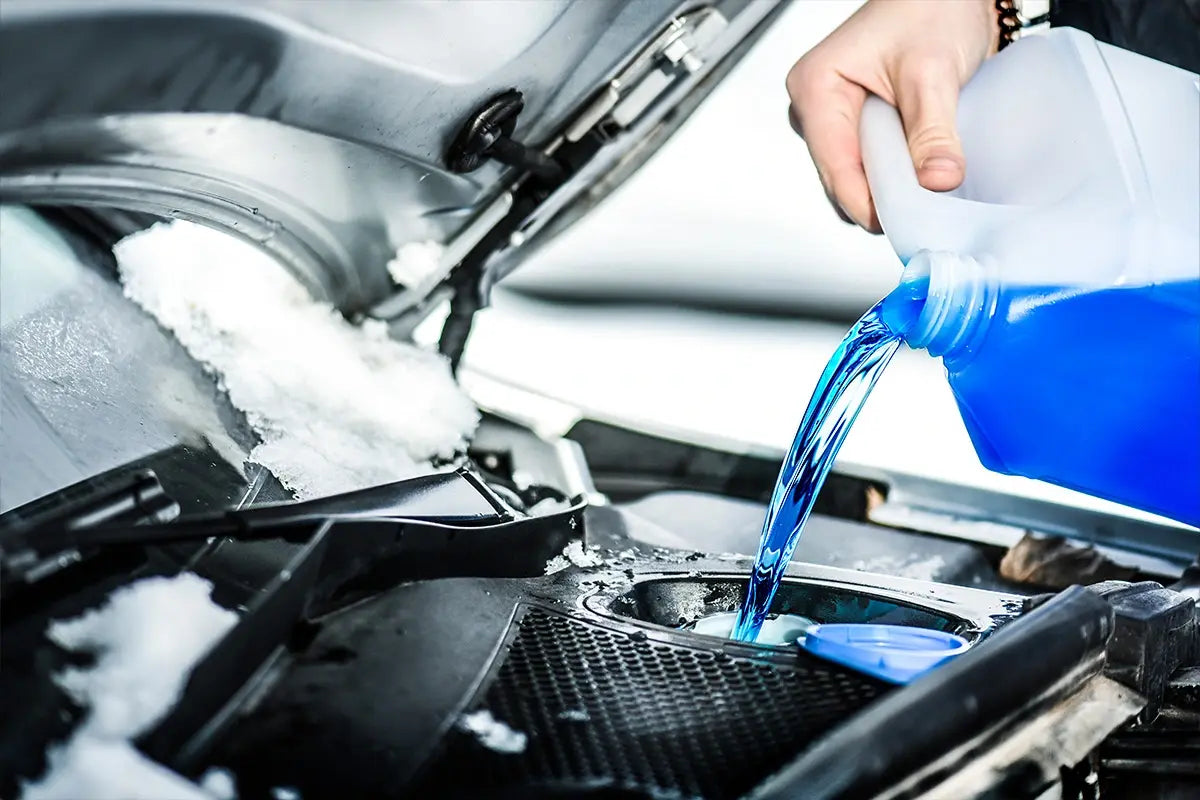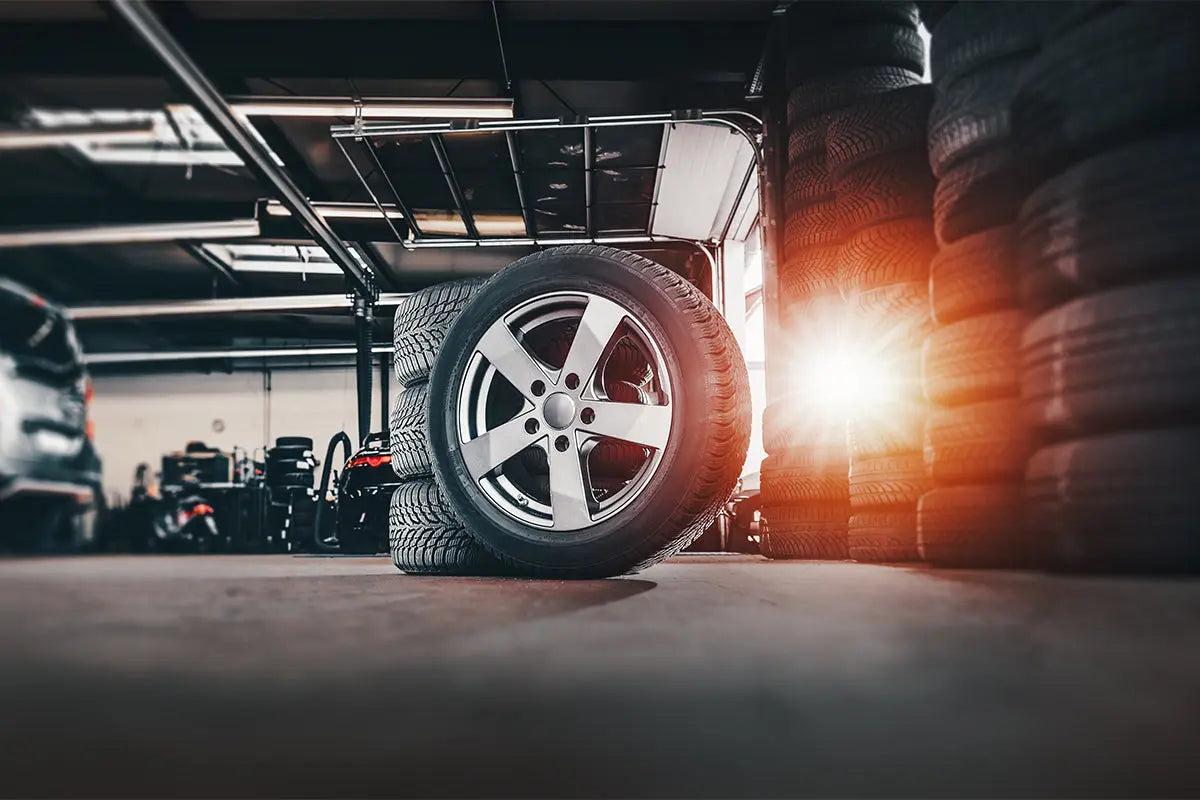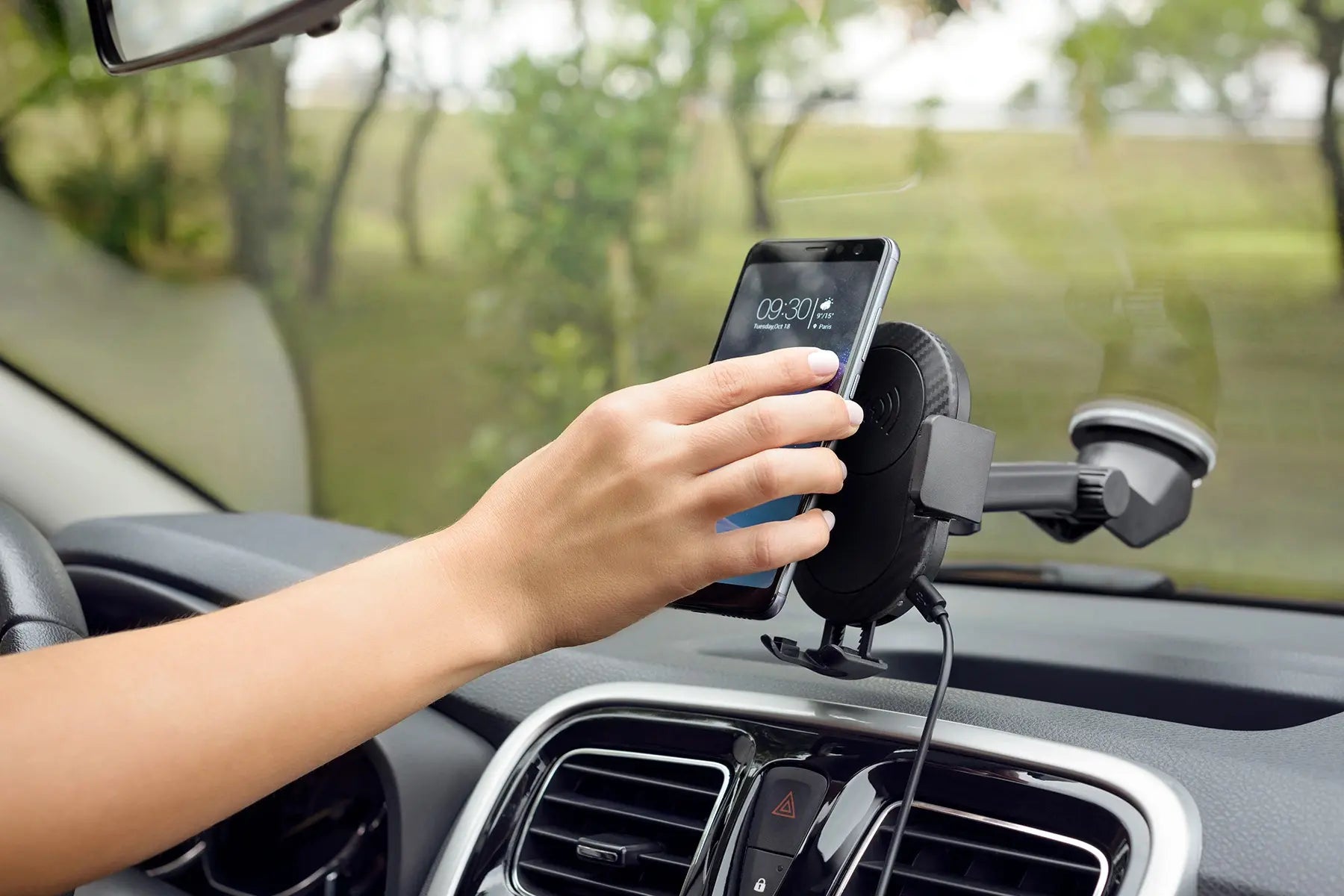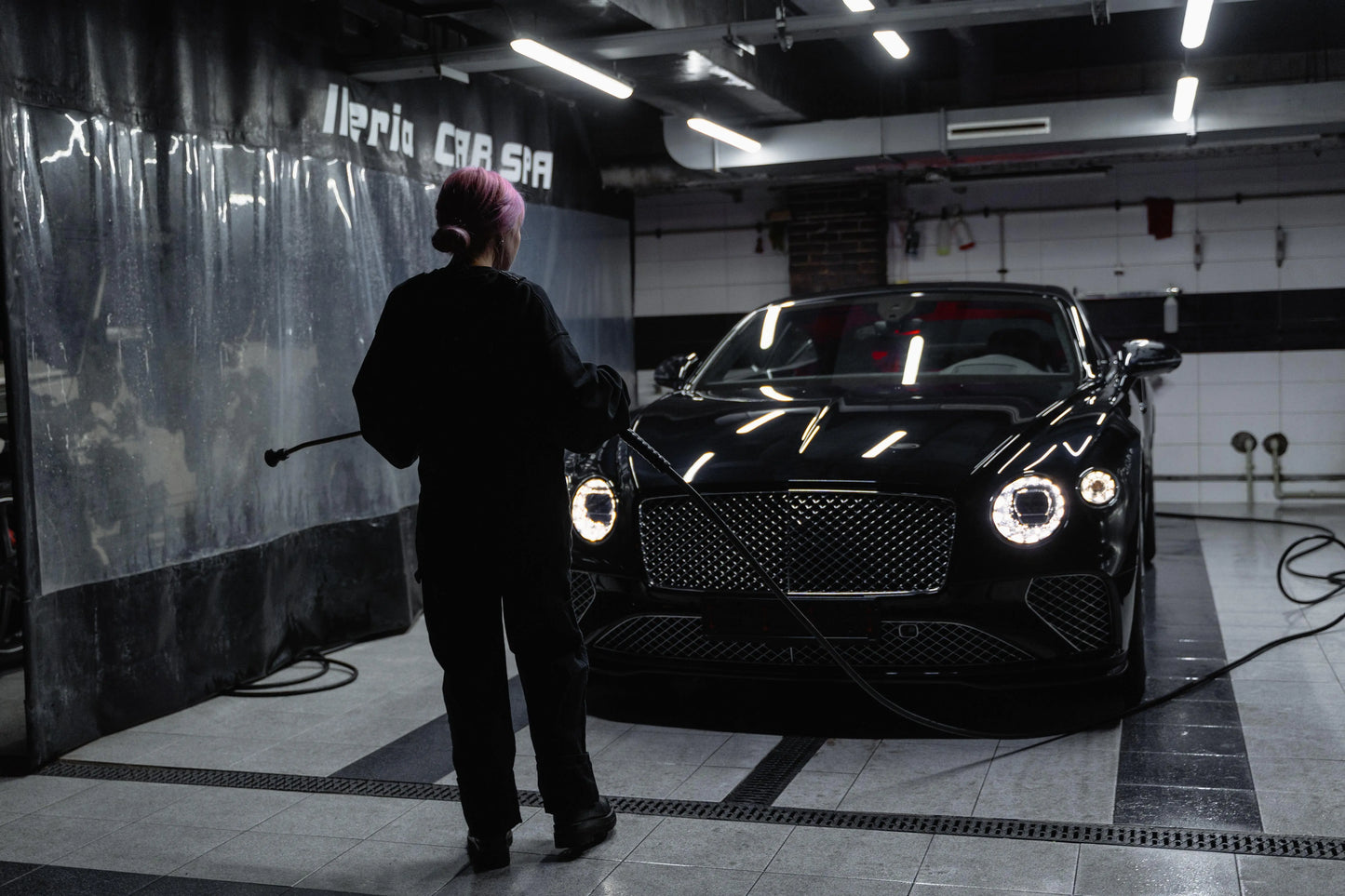
Most car owners know that, despite all of their best efforts, things are going to happen to their car. While there are some that are less noteworthy, like mud on the side panels or your windows fogging up, others can be pretty significant, like scratches and dings.
Whether you’re driving down the freeway and a stray rock pings your hood. or you’re trying to navigate a driveway, and a rogue branch sneaks up against one of your doors, there are many ways your car might collect scratches. In fact, even washing your car incorrectly can leave you with unwanted scratches.
But drivers don’t have to just live with these scratches, and the answer isn’t going into the body shop, which can be very expensive, especially for such small damages. A touch up paint pen is a great way to take care of scratches and dings by yourself.
They come in the same colors as your car, as long as you order the proper one, and make filling in small scratches much easier and faster than having the pros take a look at it.
But they aren’t as simple as using a real pen, and before you start drawing on your car, there are a few things to prepare and keep in mind.
Read on to learn more in this article of shine armor blog!
Understanding the Touch-Up Paint Pen:
The touch-up paint pen is your trusty companion in rectifying minor imperfections on your car's paint job. This portable tool contains precisely matched paint that matches your vehicle's color, making it a cost-effective way to fix small damages without requiring a full repaint.
How To Use a Touch Up Pen
What You’ll Need
Before you get going with your touch up pen, there are a few things you’ll want to pick up to make the process go as well as possible, not including the pen itself.
Make sure to grab:
- 3,000 Grit Sandpaper: The first thing you’ll do before painting is clearing out any debris or dirt in the scratch or ding, and some pens will come with an abrasive tip for this. Otherwise, you’ll want to get some sandpaper.
- Primer: This depends on the instructions on the pen: Some won’t require any paint primer, and others will. Make sure to read the directions and have what you need.
- Clear Coat: Same as the primer, this depends on the pen that you have. You might not need it, but it’s best to make sure before moving forward.
you can see these car wash related products in shine armor:
- Shine Armor Graphene Ceramic Spray
- Spray Wax Quick Coat for Cars
- Performance Booster Oil Additive
- Armor Suds Graphene Shampoo
Clean the Area
Before doing any work on your car's exterior, it’s a good idea to wash your car. While particularly focusing on the area you’ll be working on; it doesn’t hurt to get the whole vehicle while you’re at it.
Use a high-quality car wash soap and clean microfiber towels to ensure you don’t do any more damage. Dirty towels can cause more scratching to take care of. Make sure your car is completely dry before you start painting.
Check the Instructions
Likely your paint pen will require some prep work before you get going (for instance, a good, thorough shaking). Usually, for about 30 seconds, this helps the paint mix together and get the color just right.
Read this article: What is a Good Substitute for Car Wash Soap?
Make sure to double-check any other instructions as well.
Clear Out Any Dirt
Using either the abrasive tip on your pen or some sandpaper, carefully clean out the chip so that you’re working with a clean surface. Don’t scratch up the paint around the area, or else you’ll just be giving yourself more work to do.
Start At the Top
It’s time to start painting. Beginning from the top of the scratch or ding, take advantage of gravity as the paint will inevitably drip down from wherever you start. Instead of painting from the bottom and making a mess outside of the scratch, start from the top. This way, the paint will drip into the rest of the scratch or chip: work smarter, not harder.
Don’t apply too much — Generally, you want a light coat to start as you can always apply more. Your goal is to match the thickness of the paint around the damage, and if you add too much, it will be much harder to balance it out.
Let the Paint Dry
Once you’ve gotten your first coat into the chip or scratch, let it dry for the appropriate amount of time dictated by the pen instructions. Keeping the coat thin will make this process go faster, but you’ll also need to keep in mind the weather and temperature wherever you’re working.
When the paint is dry, examine the depth of the scratch to see if it matches up with the rest of the paint. If there’s still an uneven patch where the damage was, go ahead and do another coat. Otherwise, move forward.
Read this article: Why is My Car Making a Whining Noise?
Clear Coat
Your pen may or may not come with its own clear coat side, and if it doesn’t, you’ll want to get a separate product for this. Applying a small layer of clear coat will help protect the paint underneath from future damage and sun exposure. When you’ve completed this step, all that’s left is to let it dry and admire your work.
Tips For Using a Touch Up Pen
Now that we know how to use a touch up paint pen, here are a few pointers to help make sure that you end up with the best results.
Don’t Wax Too Soon
Typically speaking, you shouldn’t wax your car when the paint is still new, by which we mean about 60 days. The paint is still settling and releasing certain chemicals to ensure a smooth color and appearance, and putting wax on too early will disrupt this process.
Of course, we do strongly recommend applying your favorite protective product once the paint is ready. A ceramic shield will help block out UV rays and other damages, as well as deepening the color and shine of your vehicle. . Not only does proper sun protection help people, it also helps keep cars looking great.
Get the Paint Started on a Separate Surface
The pen works by depressing the tip, which allows the paint to flow out, but don’t try to just push the pen into the scratch. This will lead to a messy application. Instead, lightly tap the pen on a separate surface to get the paint moving, then use the tip of the pen like a brush.
It might be tempting to skip this step, but you might end up overflowing the paint and causing a bit of a mess.
Read this article: How Much Oil Does My Car Need?
Get the Right Color
If you are unsure about the exact color of your car, call up the dealership and ask.
It might seem obvious, but your car isn’t just “red” or “blue” but a unique color that the manufacturer designed, so getting a pen that looks like it almost matches, you’d be surprised how different it’ll be and how much it’ll stand out from the rest of the paint job.
Your local car dealer will likely be able to tell you what color your car is (as long as it is a factory color and not custom), but another way to find out is by looking in your driver door jamb, usually where the floor meets the bar perpendicular with the ground.
There you’ll find a sticker that has information about your car, including its color code which you can use to get the exact match pen.
Read this article: How to Know if Your Car is Leaking Coolant and What to Do About It
Don’t Assume Too Much From the Pen
While a paint pen is a great way to clear up small scratches on your exterior, they aren’t a cure-all for any damages your car might have had. If the scratch is too big, the paint pen won’t really help you; you’ll have to actually repaint the area.
Only use the paint pen for scratches that are around the width of the pen itself, any bigger, and you’ll need to consider opting for a more intensive approach. These pens may also get you better results when used in tandem with a Scratch Repair product that only requires application, which can more easily cover the smaller nooks and crannies.
Read this article: Touchless car wash good or bad: Effects of touchless car washes
The Pen Is Mightier...
Scratches, chips, and dings are a nuisance, whether they’re in your windshield or on your paint. But they don’t have to be the end of the world. If you’re a driver who doesn’t want to take your car into the shop for this minor damage, a paint pen might be your new best friend.
Make sure to order the exact match of color for your car by double-checking the color code and using gear from trusted suppliers. Follow the instructions and take your time; with small scratches and dings, you won’t need to spend too long, but your patience will be rewarded.
Paint pens might not always look absolutely perfect, but they’re definitely better than just having scratches on your car forever. With the right amount of effort and a strong defense against damage in the future with a powerful ceramic shield coating, your car is going to be shining down the road in no time.
Benefits of DIY Touch-Up
Embracing the art of touch-up paint application not only saves you time and money but also empowers you to maintain your car's aesthetics without the need for professional intervention. Shine Armor's touch-up paint pens are meticulously formulated to match the factory finish, ensuring a flawless appearance.
Tips for a Successful Touch-Up Paint Application:
- Choose the right paint color by locating your car's paint code.
- Work in a well-lit and ventilated area.
- Practice on a scrap surface before applying paint to your car.
- Don't rush the process; take your time to ensure accuracy.
- Avoid applying paint in direct sunlight or extreme temperatures.
Conclusion:
Mastering the art of applying touch-up paint is a valuable skill for any car enthusiast. With the right tools, materials, and patience, you can effectively address minor imperfections and keep your car looking its best. Whether you're a DIY enthusiast or simply want to maintain your car's appearance, the process of touch-up paint application can yield professional results when done correctly. Remember to follow the steps outlined in this guide and take pride in restoring your car's flawless finish.
Related blog posts:
